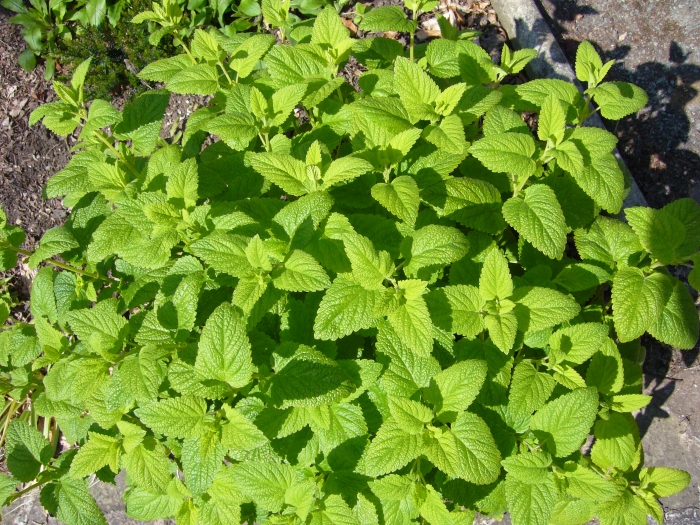Lemon Balm
(Melissa officinalis)
Lemon Balm (Melissa officinalis)
/
/

Nabokov Wikipedia
CC BY-SA 3.0












































































Estimated Native Range
Summary
Lemon Balm is valued for its fragrant foliage and is used in herb gardens, as a culinary herb, and for its essential oils. It is also appreciated for its medicinal properties, including its calming effects. In the garden, it can be used as a border plant or ground cover. Lemon Balm prefers rich, moist, well-drained soil and can tolerate a range of light conditions, from full sun to part shade. While it is easy to grow and generally low-maintenance, it can become invasive due to its robust growth habit and ability to spread vegetatively and by seed. In regions where it is not native, gardeners should be cautious of its potential to escape cultivation and become a nuisance.CC BY-SA 4.0
Plant Description
- Plant Type: Herb
- Height: 1.5-2 feet
- Width: 1.5-3 feet
- Growth Rate: Rapid
- Flower Color: White
- Flowering Season: Summer
- Leaf Retention: Deciduous
Growth Requirements
- Sun: Full Sun, Part Shade
- Water: Medium
- Drainage: Slow, Medium
Common Uses
Bee Garden, Bird Garden, Border Plant, Butterfly Garden, Deer Resistant, Drought Tolerant, Edible*Disclaimer: Easyscape's listed plant edibility is for informational use. Always verify the safety and proper identification of any plant before consumption., Fragrant, Groundcover, Hummingbird Garden, Low Maintenance, Potted Plant, Street Planting
Natural Habitat
Native to South-Central Europe, North Africa, the Mediterranean region, and Central Asia
Other Names
Common Names: Balm, Beebalm, Melissa, Lemonbalm, Common Balm, Bee Herb, Garden Balm, Sweet Balm, Tea Balm, Citronmelisse
Scientific Names: , Melissa officinalis, Faucibarba officinalis, Mutelia officinalis, Thymus melissa,
GBIF Accepted Name: Melissa officinalis L.